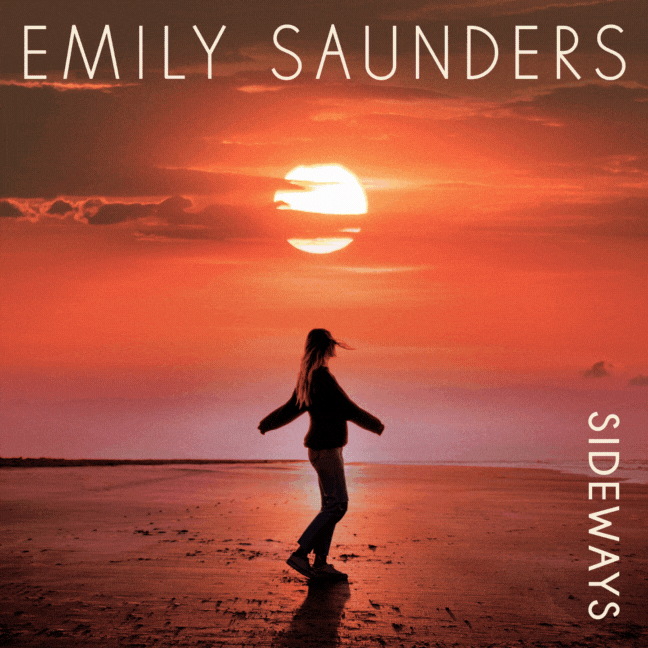Cassie Kinoshi, Elliot Galvin, Shabaka Hutchings, and Laura Jurd have been commissioned by the London Sinfonietta to write pieces which will be premiered at a “London Third Stream” concert at the Queen Elizabeth Hall on 17 November as part of the 2021 EFG London Jazz Festival. Elliot Galvin reflects on the “third stream” and talks about how his new composition for this concert , with the title “The Beginning of the Sharpness”, a quote from Flann O’Brien, has evolved. Interview by Sebastian Scotney.
LondonJazz News: This concert is billed as being an exploration of the “Third Stream”, Gunther Schuller’s term from 1957. What do you think of when you see that expression. Does it still mean anything?
Elliot Galvin: I think third stream was a useful term in its time to describe music that didn’t fit neatly in jazz or classical. In the years between then and now the boundaries of most genres, including jazz and classical have been stretched beyond recognition, but the term still has the power of keeping an audience’s expectations broad. When you’re creating a work that isn’t tied down to stylisms, that is a very useful tool.

LJN: Are there some third stream works you have been particularly drawn to as a listener and got to know well?
Not yet a subscriber of our Wednesday Breakfast Headlines?
Join the mailing list for a weekly roundup of Jazz News.
EG: There’s an album by Ornette Coleman called ‘Skies of America’ where he worked with the London Symphony Orchestra. It sounds exactly like Ornette, he hasn’t tried to emulate any ‘classical’ composer or been intimidated by all the pomp surrounding the mythology of the Orchestra. He’s just written the way he writes, but for the LSO and it sounds fantastic and completely unique. I think that’s very inspiring. It’s easy to be bullied by the weight of tradition that surrounds writing for classical ensembles. It reminds me to write like myself.
LJN: I see that what the audience has been promised on the evening is “genre-defying ensemble pieces”. Have you delivered one?!
EG: That will be for the audience to decide, I guess, but all the composers involved in this concert definitely create music that is individual and more interesting than can be categorised in one genre. The piece I’ve written takes inspiration from a broad spectrum of musics so I’m sure that will inevitably come though. It’s not a conscious choice, I just like a lot of different things and can’t see why they shouldn’t live side by side in one piece.
LJN: How has the concept of your piece evolved since you received the commission? Were there discussions between the four of you?
EG: We all kept in contact with each other throughout the composing process, and our pieces definitely evolved throughout that process. I guess the most significant change was reducing the number of jazz musicians in the works. In the earliest discussions the pieces were almost going to be 50/50 jazz and classical musicians, but by the end of the process, the only jazz musicians involved in the performance were us. It was great, as it meant we were really writing for the sinfonietta. Sometimes writing for classical musicians with a rhythm section can be a crutch commissioners give you. It was nice to be trusted to write the way we wanted, for who we wanted, in the way we wanted.
LJN: The London Sinfonietta has been involved in jazz-classical combinations, notably with large scale work from Marius Neset. Presumably you have found some of the key players in the Sinfonietta are now well versed in “off the page” and part improvised contexts?
EG: There’s a lot of fascinating music being written these days in both classical and jazz that demands more from players than simply being robots to recreate what’s on the page as accurately as possible. The players of the London Sinfonietta are some of the best in the world and have a long history of working with cutting edge artists from many disciplines. This means as a composer writing for them you can write for their potential rather than their utility.
LJN: What was the brief for the commission in terms of length of the piece and instrumentation?
EG: The brief evolved over a number of discussions, but has ended up as 15 – 20 minutes each with: pairs of flutes, clarinet and trumpets, a trombone, two percussionists, a harp, and a string section of two violins, a viola, a cello, a double bass, and any of us composers performing, so my piece features me on piano as well.
LINK: “London Third Stream” Concert
Categories: Features/Interviews











Recent Comments